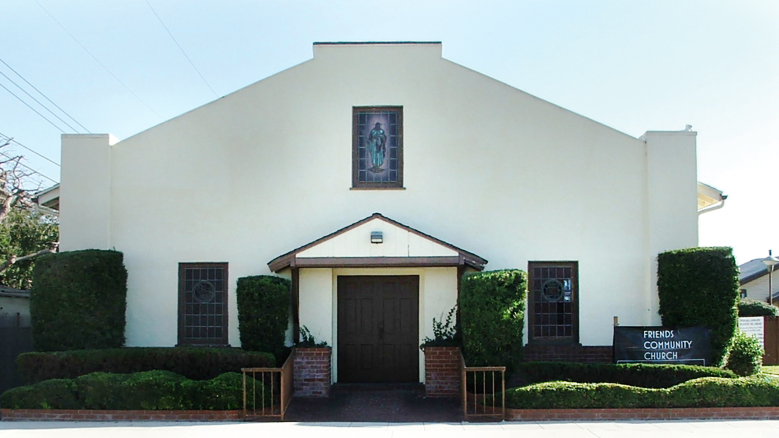The Price of Free Ministry
We Friends have a certain reputation for doing things our own way. From the earliest days, we railed against the basic structures of Sunday morning churchiness, abandoning paid pastors for a radically unstructured worship where we were all to be ministers and laity. Micah Bales sheds some light on this evolution in his article “Free Ministry for All?” (p. 13).
But a funny thing’s been happening in those other churches. A combination of fresh theology, tectonic generational change, and—perhaps most forcefully—shrinking budgets and congregation sizes has been forcing mainstream churches to evolve into a hybrid form that should look at least somewhat familiar to Friends.
A number of mainstream churches are switching to part-time pastors who have to juggle other jobs in addition to family responsibilities. They’re calling it “bivocational” ministry, and in the opening essay (p. 6), Robin Mohr suggests that Friends should adopt the term and enter the conversation.
Just because Friends have been juggling ministry with livelihoods and family for three centuries doesn’t mean we’re immune to changing employment patterns. Mohr suggests that the survival of the Religious Society of Friends depends on us getting the balance right. The stakes certainly are high. How do we come together as meetings to help Friends juggle the responsibilities and discern both their callings and limits?
Ashley M. Wilcox shares her own story of being a contemporary traveling Friend juggling ministry and a full-time job in “Sending Forth” (p. 16). The tale includes a dizzying array of granting agencies; one trip was funded through four different scholarships. As she pursued the grants, she made a distinction that early Friends might have appreciated: that she not be paid for ministry itself, only that she could “avoid having to pay to do ministry.”
In “Releasing Friends” (p. 9), Vonn New and Viv Hawkins float a new model for supporting fledgling ministries. It leverages new communication possibilities to help connect potential funders with exciting ministry possibilities. The project seems like a worthy experiment, and I encourage you to jump in and help out if you feel so led. Another promising model is the small meeting in an Illinois college town profiled by Mariellen Gilpin in “Focus on the Leading” (p. 19). They’ve developed a practice of naming and supporting the fledgling ministries of attenders, many of them students, offering travel stipends along with clearness and support committees.
[dropcap]In January’s issue, Gabriel Ehri used this column to share news about the upcoming QuakerSpeak project, a weekly series of YouTube video interviews funded by the Thomas H. and Mary Williams Shoemaker Fund. As this issue reaches your mailbox, the first videos will have been posted to QuakerSpeak.com. I’ve seen some of the early footage that our new staff videographer Jon Watts has shot and can promise that you’re in for a treat. I invite you to join us over at QuakerSpeak.com for exciting interviews with modern Friends!
In Friendship,
Martin Kelley
Senior Editor






Comments on Friendsjournal.org may be used in the Forum of the print magazine and may be edited for length and clarity.